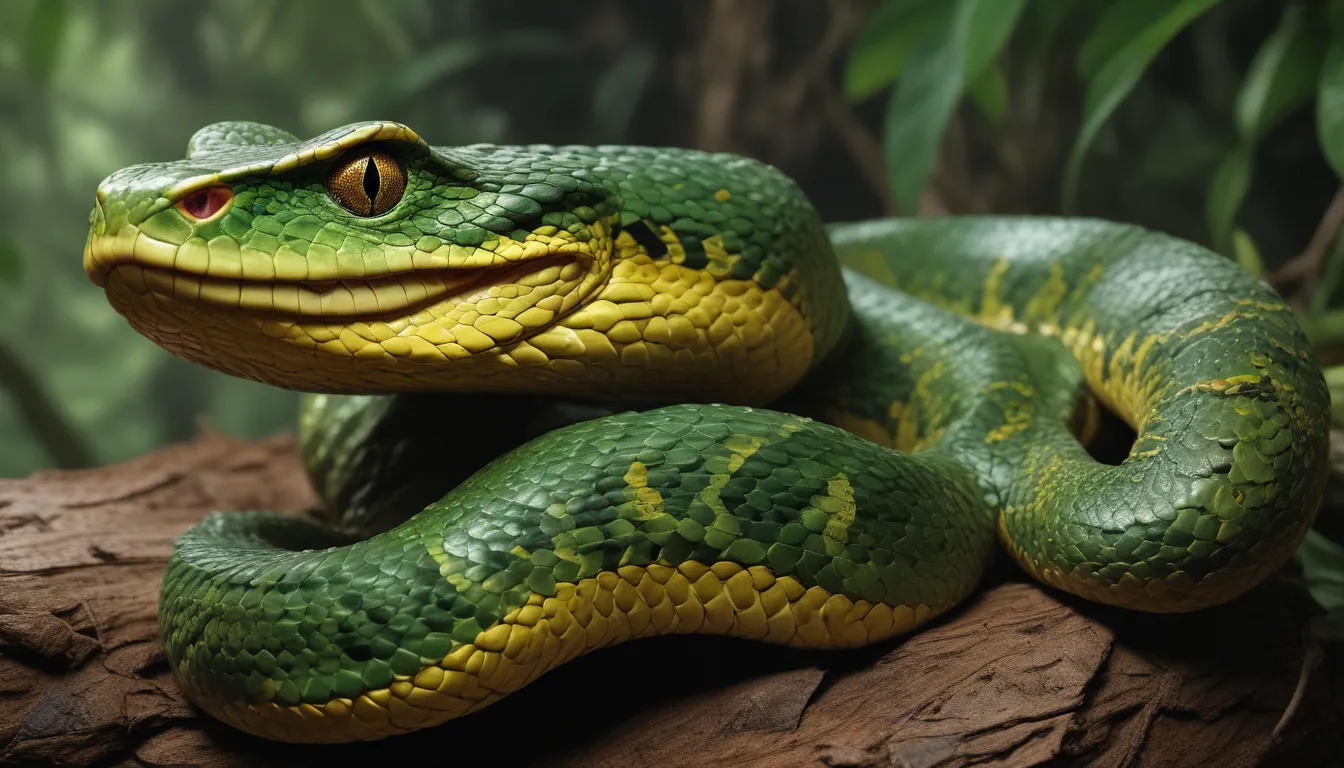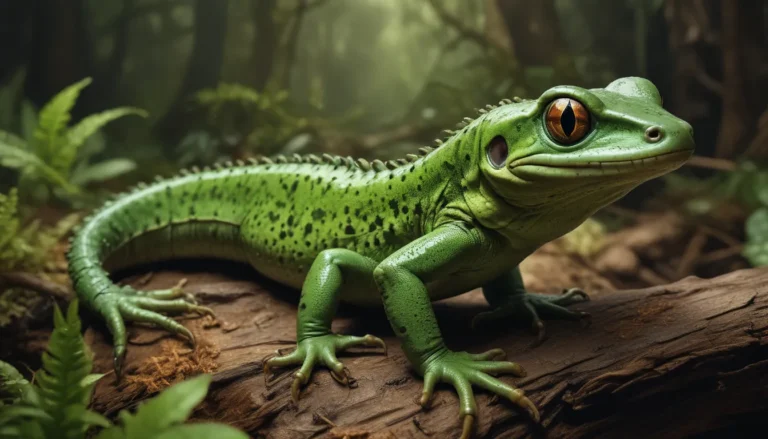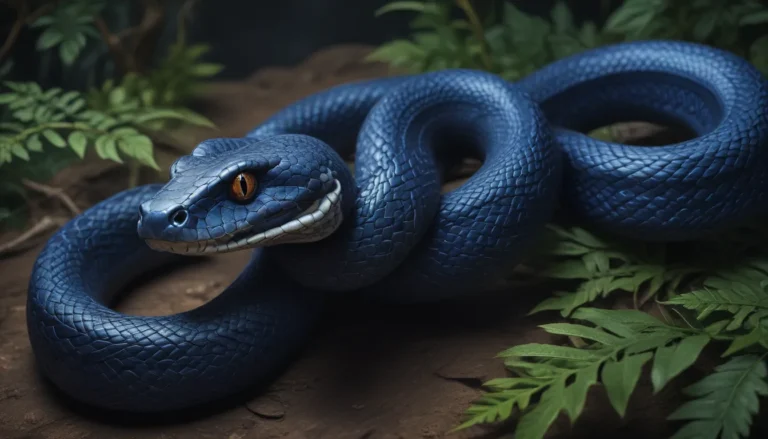The pictures we use in our articles might not show exactly what the words say. We choose these pictures to make you interested in reading more. The pictures work together with the words but don’t take their place. The words still tell you the important facts.
The Philippine Pit Viper, a mesmerizing creature that calls the lush forests of the Philippines home, is a subject of fascination for nature enthusiasts and scientists alike. In this article, we will delve into 17 captivating facts about this venomous snake, shedding light on its habitat, physical characteristics, behavior, and more. From its vibrant coloration and unique adaptations to its crucial role in the ecosystem, there is much to discover about this intriguing serpent. So, let's embark on a journey to unravel the secrets that make the Philippine Pit Viper a truly remarkable creature.
The Philippine Pit Viper: A Venomous Marvel
The Philippine Pit Viper, scientifically known as Trimeresurus flavomaculatus, is a highly venomous snake species endemic to the Philippines. Its venom is primarily hemotoxic, affecting the blood and causing tissue damage. This venomous nature plays a vital role in the ecosystem by controlling rodent populations, showcasing the delicate balance of nature.
A Colorful Presence in the Forests
Found in the lush tropical forests of the Philippines, specifically in islands like Luzon, Mindoro, Catanduanes, and Samar, the Philippine Pit Viper displays a range of color variations. From green and brown to yellow and even pink, these snakes possess excellent camouflage, blending seamlessly into their surroundings for effective ambush hunting.
Unique Adaptations for Hunting
Equipped with heat-sensing pits on their heads, the Philippine Pit Viper can detect heat emitted by their prey, ensuring accurate strike placement. With long, hollow fangs that can deliver venom with precision, these snakes primarily feed on small rodents and lizards, showcasing their role as efficient predators in their ecosystem.
Intriguing Physical Characteristics
Apart from their venomous capabilities, the Philippine Pit Viper is known for its distinctive triangular-shaped head, serving as a warning sign to potential predators. Additionally, these snakes are arboreal, spending a significant amount of time in trees and bushes, showcasing their agility and adaptability to their environment.
Protection under Philippine Law
Protected under Republic Act No. 9147, the Philippine Pit Viper cannot be hunted, captured, or killed without proper authorization. This legal protection emphasizes the importance of conserving these snakes for the health and biodiversity of their natural habitat.
Essential Role in Maintaining Ecosystem Balance
The Philippine Pit Viper plays a crucial role in the ecosystem by controlling populations of small rodents, contributing to a balanced environment. Their presence indicates the health of their habitat, highlighting the interconnectedness of all species in nature.
Female Dominance and Camouflage Abilities
Female Philippine Pit Vipers are usually larger than males, showcasing sexual dimorphism within the species. This size difference is believed to be advantageous for reproduction and breeding success. Moreover, these snakes possess excellent camouflage abilities, blending seamlessly with their surroundings to remain hidden from both prey and predators.
Potential Medical Applications of Venom
The venom of the Philippine Pit Viper has shown potential for medical research, with components displaying antimicrobial and anticoagulant properties. This opens avenues for the development of new drugs and treatments, highlighting the untapped potential of these venomous creatures.
Dive Deeper into the World of Venomous Snakes
As you continue to explore the captivating realm of venomous snakes and endangered species, uncover astonishing truths about creatures on the brink of extinction. Let your curiosity guide you on a journey of discovery through the diverse animal kingdom, where nature's marvels await your eager exploration.
FAQs
Q: How venomous is the Philippine Pit Viper?
A: The Philippine Pit Viper is highly venomous, with potent toxins that can cause severe pain and swelling in humans if bitten.
Q: Can the venom of the Philippine Pit Viper be used for medical purposes?
A: Yes, the venom of the Philippine Pit Viper has shown potential for medical research, with components that could be utilized in drug development.
Q: Are Philippine Pit Vipers endangered?
A: Currently, the Philippine Pit Viper is not listed as an endangered species, but conservation efforts are necessary to maintain their populations due to habitat loss.
Conclusion
In conclusion, the Philippine Pit Viper stands as a captivating creature with unique adaptations and behaviors that continue to intrigue scientists and nature enthusiasts alike. As we strive to protect and conserve these magnificent snakes, we ensure their survival for future generations to marvel at. Let the allure of the Philippine Pit Viper inspire you to appreciate the wonders of the natural world and the importance of preserving its delicate balance.






